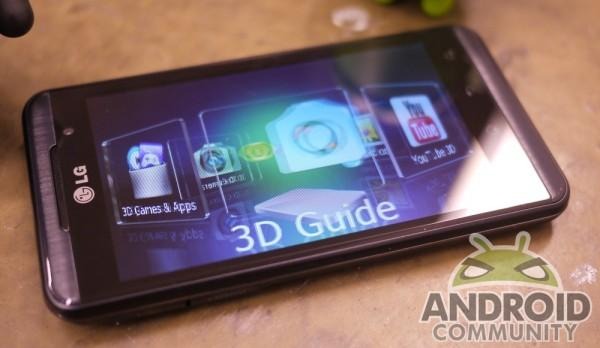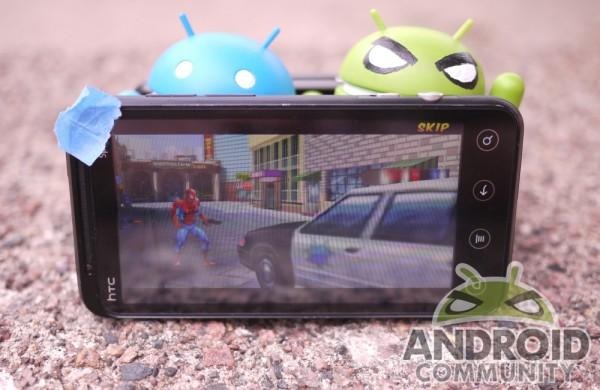The Three Failures Of 3D Phones
With Amazon's supposed 3D-capable smartphone headed our way inside a week, it's once again time to discuss why 3D phones aren't the smartest buy right off the bat. What we're speaking about here is the purchase of a 3D-capable smartphone when it's released – in its first iteration, at the start of the 3D environment coming to the mobile smart device world. There aren't many devices out there to use as examples.
When we first got our hands on the HTC Evo 3D, it felt like a revolutionary product. We could see a 3D image on the display without needing 3D glasses. Our first hands-on with the EVO 3D revealed the first failing of the 3D smartphone universe: self-inflicted limitations.
1. What goes 3D stays 3D
The HTC EVO 3D had (and still has) the ability to take 3D photos with a set of two cameras at its back. These photos can be viewed on the HTC EVO 3D only. When HTC introduced the phone, they suggested that you and your friends would be able to share 3D media back and forth – just so long as you all had HTC EVO 3D phones, of course.

Until the 3D phone can capture and share 3D media to devices outside of their immediate family, they're going to be a novelty. An alternate solution, of course, is getting the one 3D phone model into massive amounts of consumer hands – there are only a couple of companies capable of doing such a thing.
2. A stuck display
When you introduce a technology such as 3D on a device used as often as a smartphone, the option to turn said technology off is a must. The dizzying effects of both the HTC EVO 3D and the LG Thrill 4G – also known as the LG Optimus 3D – had us working with headaches through reviews. Our HTC vs LG comparison back when these devices were released showed them to be very, very similar in effect.
You cannot introduce a smartphone with a special effect in its display that cannot go away. I'd love for Amazon to prove me wrong here with an implementation of 3D that doesn't make consumers queazy.
3. Lack of apps
It should come as a given that the 3D experience presented with a smartphone must also have a healthy collection of apps. The experience needs to be full, and it needs to be necessary – or at least so entertaining that even the unnecessary becomes worth the purchase price. Each 3D phone to have been released in the past several years has had an OK 3D experience built in – nothing to write home about.

Amazon will need to have worked with companies like Gameloft to present (more) 3D games to the public for the 3D Amazon phone to launch with a bang. Gameloft took a big part in the launch of both the LG and HTC 3D phones with games like 3D Spider-Man. They'll be amongst the groups we'll expect to do it again this time.
Stay tuned as we hit up Amazon on June 18th, 2014 to see what they've got to offer in full.
